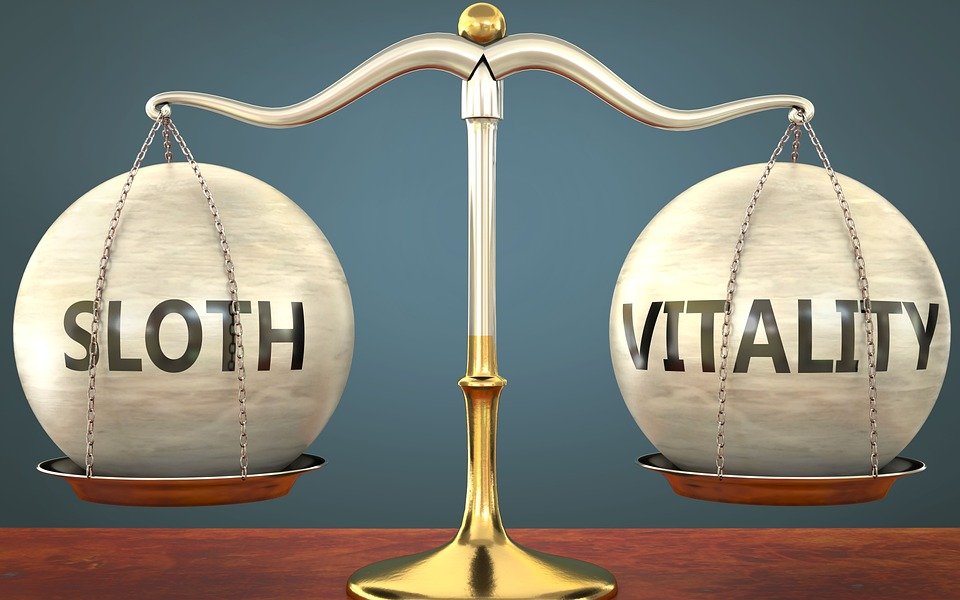The gaming industry is constantly evolving and seeking new ways to enhance player experience. One of the most exciting developments in recent times is the integration of blockchain technology and non-fungible tokens (NFTs). Polygon blockchain and game art NFTs can help create a unique gaming experience that is both immersive and rewarding.
Polygon Blockchain: Fast and Scalable
Polygon (formerly MATIC Network) is a Layer 2 scaling solution that aims to solve the scalability issues of Ethereum. It enables faster and cheaper transactions, making it an ideal choice for gaming applications. The low transaction fees and fast confirmation times ensure that players can seamlessly interact with the game without any interruptions.
Moreover, Polygon’s interoperability with other blockchain networks makes it possible to use a range of cryptocurrencies and tokens within the game. This creates a more inclusive gaming experience for players who may not have access to certain cryptocurrencies or may prefer to use a particular token.
Game Art NFTs: Unique and Collectible
Non-fungible tokens (NFTs) are unique digital assets that are stored on a blockchain. Each NFT has a distinct identifier that makes it one-of-a-kind and valuable. Game art NFTs are digital collectibles that represent in-game items, characters, or accessories. These NFTs can be traded, sold, or used within the game to personalize the gaming experience.
Game art NFTs can be designed by artists and creators, adding a layer of creativity and uniqueness to the game. Players can collect NFTs as they progress through the game, creating a sense of achievement and ownership. They can also trade NFTs with other players, creating a secondary market for the game’s assets.
Creating a Unique Gaming Experience
The integration of Polygon blockchain and game art NFTs can create a unique gaming experience that is both immersive and rewarding. Here’s how:
1. Personalization: Game art NFTs can be used to personalize the gaming experience. Players can collect NFTs that represent their favorite characters, items, or accessories. They can also trade NFTs with other players, creating a sense of community and social interaction within the game.
2. Ownership: NFTs provide a sense of ownership and value to in-game assets. Players can collect and trade NFTs, creating a secondary market for the game’s assets. This increases the longevity of the game and creates a new revenue stream for game developers.
3. Rewards: Game art NFTs can be used as rewards for completing certain tasks or achievements within the game. This creates a sense of accomplishment and incentivizes players to continue playing the game.
Conclusion
The integration of Polygon blockchain and game art NFTs can revolutionize the gaming industry by creating a unique and rewarding gaming experience. The use of blockchain technology ensures fast and secure transactions, while NFTs add a layer of creativity and uniqueness to the game. Game developers can leverage this technology to create games that are both immersive and profitable.

